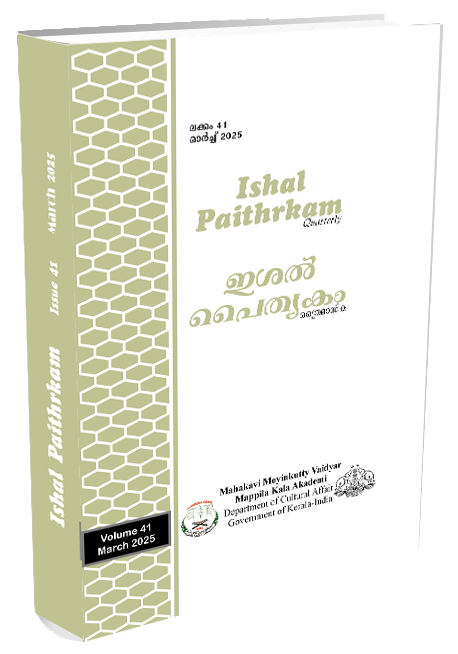Manufactured Madness: Bertha Mason in the Crosshairs of Disability Discourse
Keywords:
Disability, Discourse, Gender, Madness, Social constructAbstract
This article critically examines the representation and characterization of the famous ‘madwoman in the attic,’ Bertha Mason, under the nuances of disability studies and Foucauldian theory. The character of Bertha is depicted as an epitome of madness who is hysterical, insane, animalistic in her endeavours and beyond any form of control. The critical paradigm of disability studies and Foucauldian theories unravel the fact that Bertha’s condition is not a congenital one but rather a socio-cultural construct, which is mediated through various discourses of disability propagated by dominant systems of power and knowledge. The article tries to shed light on the fact that her disability status as a ‘madwoman’ is a mere social phenomenon. It contextualizes the general norm on which the notion of corporeality is demarcated as abled or disabled and tries to reimagine the plethora of ways the character of Bertha Mason is deemed as ‘mad’ from disability studies and Foucauldian perspectives.
Downloads
References
Beattie, V. (1996). “The Mystery at Thornfield: Representations of Madness in “Jane Eyre.”” Studies in the Novel, 28(4), (pp.493–505). http://www.jstor.org/stable/29533162
Bronte, C. (2019). Jane Eyre. Fingerprint Classics. (Original work published 1847)
Buchanan, I. (2010). Oxford Dictionary of Critical Theory (1st ed.). Oxford University Press.
De Beauvoir, S. (1953). The Second Sex (Parshley, Trans.). Jonathan Cape.
DePoy, E., & Gilson, S. F. (2011). Studying Disability: Multiple Theories and Responses. SAGE Publications.
Donaldson, E. J. (2002). “The Corpus of the Madwoman: Toward a Feminist Disability Studies Theory of Embodiment and Mental Illness.” NWSA Journal, 14(3), (pp. 99–119). https://doi.org/10.1353/nwsa.2003.0003
Foucault, M. (1972). The Archaeology of Knowledge (A. M. Smith, Trans.). Pantheon Books.
Foucault, M. (1980). Power/Knowledge: Selected Interviews and Other Writings 1972-1977 (C. Gordon, Ed.). Pantheon Books.
Foucault, M. (1988). Madness and Civilization: A History of Insanity in the Age of Reason (R. Howard, Trans.). Vintage Books.
Foucault, M. (1991). The Foucault Effect: Studies in Governmentality with Two Lectures by and an Interview with Michel Foucault (G. Burchell, C. Gordon, & P. Miller, Eds.). The University of Chicago Press.
Gabel, S. (1999). “Depressed and Disabled: Some Discursive Problems with Mental Illness.” In Disability Discourse (M. Corker & S. French, Eds.), (pp. 38–46). Open University Press.
Gilbert, S. M., & Gubar, S. (2020). The Madwoman in the Attic: The Woman Writer and the Nineteenth-Century Literary Imagination. Yale University Press.
Goodley, D. (2017). Disability Studies: An Interdisciplinary Introduction (2nd ed.). SAGE Publications Ltd.
Leonard, P. (1997). Postmodern Welfare: Reconstructing an Emancipatory Project. SAGE Publications.
Mills, S. (2003). Michel Foucault. Routledge.
Showalter, E. (1985). The Female Malady: Women, Madness, and English Culture, 1830-1980. Penguin Books.
Thomson, R. G. (1997). Extraordinary Bodies: Figuring Physical Disability in American Culture and Literature. Columbia University Press.
Tremain, S. (2005). “Foucault, Governmentality, and Critical Disability Theory.” In Foucault and the Government of Disability (pp. 1–24). The University of Michigan Press.
Downloads
Published
Issue
Section
License
Copyright (c) 2025 ISHAL PAITHRKAM

This work is licensed under a Creative Commons Attribution-NoDerivatives 4.0 International License.

